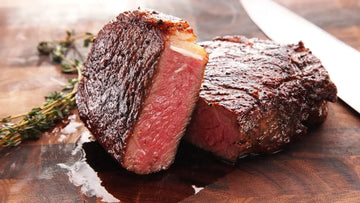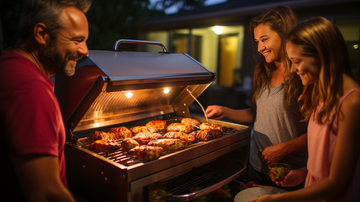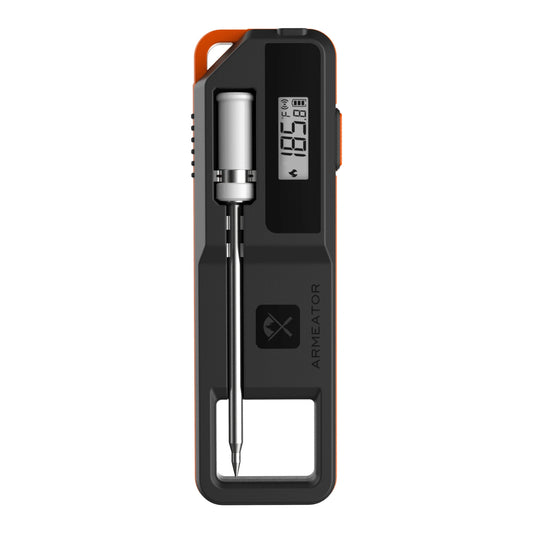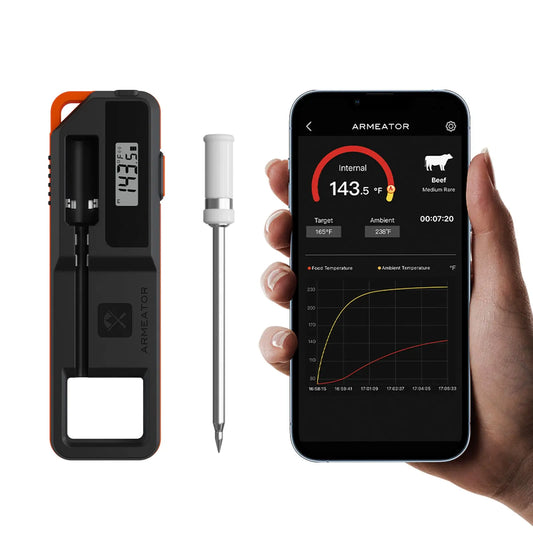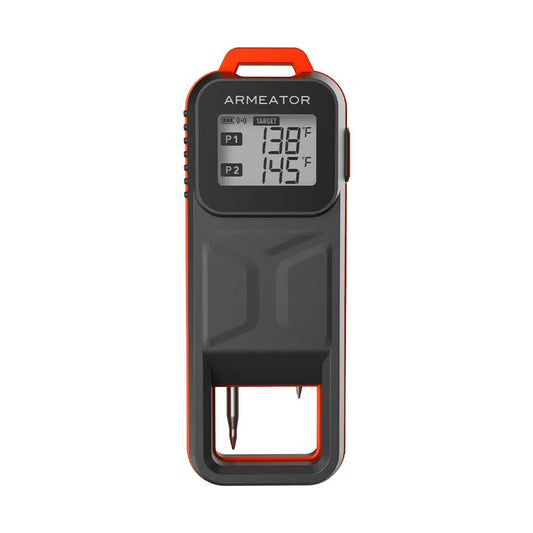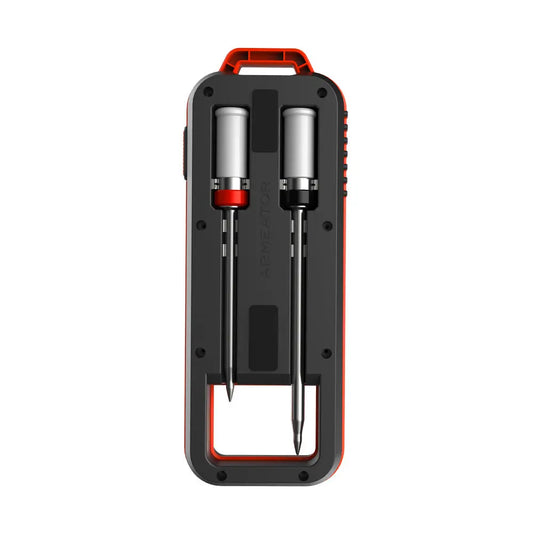When cooking delicious meat dishes, besides choosing the right ingredients and cooking methods, resting the meat is also a crucial step. Properly utilizing resting time can make the meat tender, juicy, and evenly distribute its internal temperature. This article will introduce you to the importance of resting meat and how to do it correctly.
The Principle of Meat Resting
Meat is composed of bundles of rod-like muscle fibers, which are in turn filled with filaments called myofibrils. When heated, these myofibrils gather and contract, squeezing out the juices present in the meat. As the temperature drops, the myofibrils relax, and the meat reabsorbs external moisture.
After cooking, letting the meat rest allows its internal temperature to continue rising, even when the outer appearance seems fully cooked. This phenomenon is known as "carryover cooking." During the resting process, moisture in the meat redistributes, helping the proteins to relax, and the natural juices to be reabsorbed, resulting in a more succulent and tender texture.
Resting also aids in retaining the flavors and seasonings used during cooking, leading to a more harmonious and flavorful taste. Without these juices, no matter how premium the meat, the taste won't be as satisfying.

How to Rest Meat
To prevent the meat from cooling down too much during the resting process, you can take some measures, such as:
- Wrap the meat in foil. After removing the meat from the heat, place it on a wooden cutting board, bend the foil into a bowl-like shape, and cover the meat, ensuring that the foil stays at least an inch or two above the meat's surface to avoid condensation dripping onto the food. Note that if you prefer crispy skin when roasting, we don't recommend using foil.
- Place the meat on a warming plate.
- Place the meat in beurre monte. After frying the meat, put it in beurre monte heated to 40°C, Beurre monte keeps the meat at the optimal temperature without drying it out, but this method requires more work.
- Put the steaks in a preheated oven at 50°C.
In short, you can adjust the resting process based on your specific situation, trying to minimize the cooling of the meat during resting. Of course, some people find it acceptable for the entire resting period to be 5-10 minutes, depending on their preferences and needs.

How Long Should Meat Rest?
The resting time for meat depends on its size and type, and here are some popular guidelines:
- For steaks or individual chicken pieces, 5-10 minutes is suitable.
- For medium-sized roasts and smaller poultry, 10-15 minutes is appropriate.
- For large roasts and big poultry (like turkey), up to 30 minutes.
- Follow the rule of 1 minute of resting for every 100 grams of meat.
- Rest the meat for 5 minutes per inch of thickness.
- Rest the meat for five minutes per inch of thickness.
- Half of the total cooking time.
... ...
However, for most people, it is not easy to determine the exact resting time unless you are an experienced chef. In this case, you can rely on a wireless meat thermometer to check if the meat's internal temperature has rested to your desired level. This is the simplest and most effective method, as it doesn't require considering the thickness of the cut or calculating the resting time. Just set the desired temperature in the app, and wait for the timer to go off - it couldn't be easier.

What Is The Safe Internal Temperature?
FSIS recommends cooking whole poultry to a minimum safe internal temperature of 165 °F (74 °C), and cooking raw beef, pork, lamb, and veal steaks, chops, and roasts to a minimum internal temperature of 145 °F (63 °C). Organ meats such as heart, kidneys, liver, and tongue should be cooked to 160 °F (71.1 °C).
If you want to monitor the meat's temperature, it's best to remove the beef from the heat when it is 3°C to 6°C below the target temperature.
We do not recommend relying on the color of the meat to determine if the food is cooked enough to kill pathogens. I believe this poses a challenge to your health. We strongly advise using a meat thermometer to measure the internal temperature of the meat. A food thermometer is the only reliable method to determine if the food has reached a sufficiently high temperature to eliminate foodborne bacteria

Incorporating meat resting into your cooking routine can significantly improve the quality of your meat dishes. Whether you are grilling, smoking, or pan-frying, taking the time to let the meat rest is a simple yet effective technique that can elevate your culinary creations.

